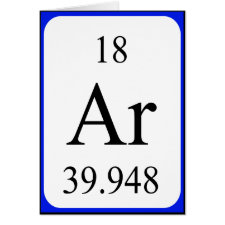
Authors: Wang HS, Song M, Hang TJ
Article Title: Functional Interfaces Constructed by Controlled/Living Radical Polymerization for Analytical Chemistry.
Publication date: 2016
Journal: ACS Applied Materials & Interfaces
Volume: 8
Issue: (5)
Page numbers: 2881-2898.
DOI: 10.1021/acsami.5b10465
Abstract: The high-value applications of functional polymers in analytical science generally require well-defined interfaces, including precisely synthesized molecular architectures and compositions. Controlled/living radical polymerization (CRP) has been developed as a versatile and powerful tool for the preparation of polymers with narrow molecular weight distributions and predetermined molecular weights. Among the CRP system, atom transfer radical polymerization (ATRP) and reversible addition-fragmentation chain transfer (RAFT) are well-used to develop new materials for analytical science, such as surface-modified core-shell particles, monoliths, MIP micro- or nanospheres, fluorescent nanoparticles, and multifunctional materials. In this review, we summarize the emerging functional interfaces constructed by RAFT and ATRP for applications in analytical science. Various polymers with precisely controlled architectures including homopolymers, block copolymers, molecular imprinted copolymers, and grafted copolymers were synthesized by CRP methods for molecular separation, retention, or sensing. We expect that the CRP methods will become the most popular technique for preparing functional polymers that can be broadly applied in analytical chemistry
Template and target information: Review - controlled radical polymerization systems in analytical chemistry
Author keywords: controlled, living radical polymerization, analytical chemistry, separation materials, Molecularly imprinted polymers, fluorescent or colorimetric sensors



Join the Society for Molecular Imprinting

New items RSS feed
Sign-up for e-mail updates:
Choose between receiving an occasional newsletter or more frequent e-mail alerts.
Click here to go to the sign-up page.
Is your name elemental or peptidic? Enter your name and find out by clicking either of the buttons below!
Other products you may like:
 MIPdatabase
MIPdatabase









